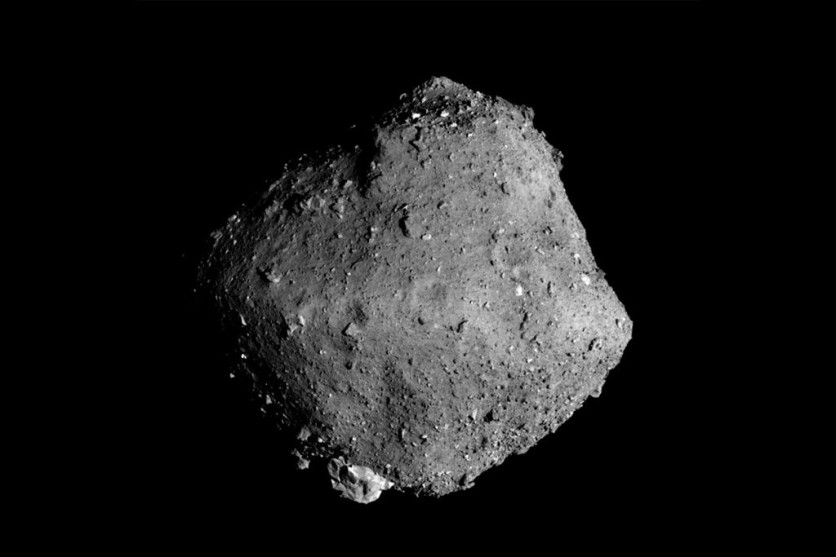Scientists analyzing samples from the asteroid Ryugu, which was returned to Earth by Japan's Hayabusa2 mission, have discovered compelling evidence that ancient comets played a key role in bringing life to our planet (via Space.com).
The findings shed light on the origins of organic molecules essential for life on Earth and provide an intriguing glimpse into the solar system's early history.

Samples from Ryugu
Ryugu, a near-Earth asteroid measuring 2850 feet in width, lacks a protective atmosphere, allowing its surface to interact with space directly. During its 18-month study of Ryugu, Hayabusa2 collected surface material, uncovering a treasure trove of information about our solar system.
The scientists, led by Tohoku University Graduate School of Science assistant professor Megumi Matsumoto, focused on tiny particles, known as "melt splashes," ranging from 5 to 20 micrometers, created when cometary dust bombarded Ryugu's surface.
These melt splashes contained small carbonaceous materials resembling primitive organic matter, offering a potential link to the seeds of life delivered from space to Earth, the scientists shared in a statement.
Read Also : NASA's Hubble Space Telescope Snaps a Faint Bridge of Stars That Stretches Between Two Galaxies
Comets Bringing Life to Earth
Comets, with their wide orbits around the sun, release gaseous material, including cometary dust, as they heat up from solar radiation. When Earth passes through these trails of cometary dust, meteor shows occur.
The unique aspect of Ryugu, lacking a protective atmosphere, makes it an ideal candidate for preserving these dusty remnants, providing crucial insights into the early solar system.
The team's research proposes that the carbonaceous materials found in Ryugu's melts formed through the evaporation of volatiles, such as nitrogen and oxygen, during impact-induced heating.
This suggests that comet matter, originating from the outer solar system, was transported to the near-Earth region, potentially delivering the building blocks of life over 4 billion years ago.
Crucially, the study also identified voids in the melts caused by impacts, releasing water vapor from Ryugu's surface materials. The impact-heated matter captured this water vapor, further solidifying the connection between Ryugu's composition and the ancient comet dust.
Unraveling the Origin of Life
By examining Ryugu samples, the team hopes to uncover more melt splashes that could provide additional insights into the influx of primitive space materials into Earth, furthering our understanding of the solar system's early dynamics.
The Hayabusa2 mission, which garnered attention for its successful sample collection from Ryugu, has once again proven instrumental in unraveling the mysteries of our cosmic origins.
The team's findings were published in Science Advances on Jan. 19.
Stay posted here at Tech Times.
Related Article : Small Asteroid Disintegrates Over Germany - Here's What NASA Has To Say

ⓒ 2025 TECHTIMES.com All rights reserved. Do not reproduce without permission.




